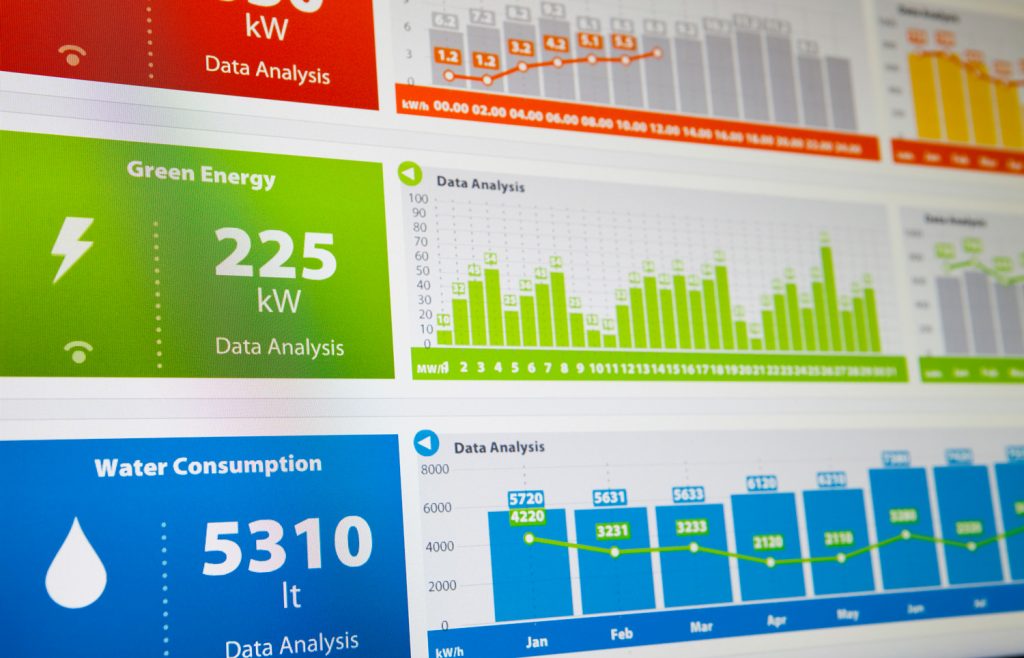By Matt Lindsay, President
Arvid Tchivzhel, Senior Director Product Development
As the industry continues the print-to-digital transformation, the need for industry insights and data is more important than ever. However, high quality data at low cost has been elusive for publishers, often buried in reporting dashboards or inaccessible in data management platforms. Moreover, actionable data and insights to help make decisions is almost nonexistent. To address this problem, Mather Economics has developed the ListenerTM Data Platform: a digital data capture tool that tracks how users interact with online content and advertising.
The distinguishing factor is the data is specifically built to address the future publisher business model. With this data, publishers can make better decisions and execute their strategy with paid content models, direct and programmatic advertising campaigns, as well as content publication and newsroom optimization. Understanding key audience metrics can help grow engagement and paid subscriber conversions, improve advertising yield, and allocate resources within the newsroom producing content that results in more revenue and engagement.
This article will cover some of the basic audience metrics and themes related to audience engagement and paid audience conversion. Future articles will explore advertising benchmarks, content analytics, how to go beyond the benchmarks, and case studies built on top of the Listener™ Data Platform.

The Metrics
The following are descriptions for the previous metrics:
- Size: number of page views (in millions; average per month)
- Page Views per User: the average number of pages viewed per user
- Page Depth: percentage of the page that is viewed
- For example, a page depth of 50% indicates that on average, users who access the
site are only viewing the top 50% of the content, articles, or other pages being viewed
- For example, a page depth of 50% indicates that on average, users who access the
- Time per Page: average time a user spends on any given page (in minutes)
- Time per Visit: average time a user spends on the site (duration of a visit or session)
- Bounce Rate: number of flybys divided by total users (flybys are users who only
view one [1] page per month) - Known User Percentage: percentage of total users that are known (users who actively sign into their account; includes print subscribers, digital-only subscribers,
- and registered non-paid users)

Utilizing Digital Benchmarks
As Albert Einstein put it: “If I had an hour to solve a problem and my life depended on it, I would use the first 55 minutes determining the proper question to ask, for once I know the proper question, I could solve the problem in less than five minutes.” Therefore, what are the right questions to ask based on the data presented; and more broadly, what are the questions decision-makers should ask? Below are a few questions to help get you started:
- What is the distribution of page views per user for my website and what kind of content, device, and referrers generate the highest page views per user?
- What is the length of articles published, and how does the page depth vary for breaking news vs. longer stories? Is there a difference between mobile vs. desktop devices?
- Of the users who are most engaged, what content do they spend the most time reading?
- Is my bounce rate high from my local audience or is it mostly nonlocal, mobile users who are inflating this metric? More importantly, what are my core readers (those who are not flybys) reading?
- How aggressive is my registration, newsletter, and paid offer strategy on the website so I can keep growing my known user percentage?
Overview
Benchmarks reveal the health of the industry and can be a great starting point for publishers to begin asking the right questions. While these benchmarks can be noteworthy and help evaluate a publisher’s relative rank in the industry, implementing a long-term strategic decision based on a single metric is unwise. Therefore, digging into the context behind the benchmarks and asking the right questions should be the first step to determine how best to grow, engage, and convert your audience.

